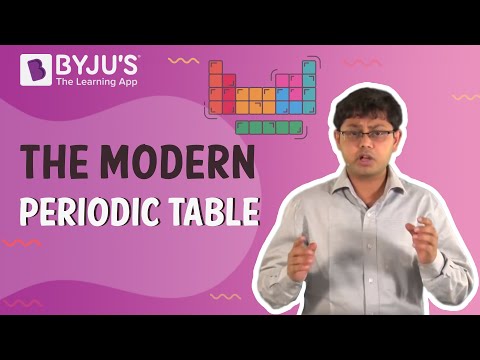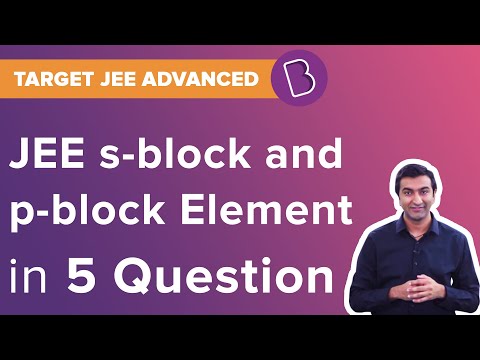The group 1 and group 2 elements of the periodic table are called the s-block elements. The group 1 elements are alkali metals, and the group 2 elements are alkaline earth metals. They are named so because of the alkaline nature of the hydroxides and oxides. Alkaline earth metals are characterized by two s-electrons, whereas alkali metals by one s-electron in the valence shell of their atoms. These metals form mono positive and dipositive ions and are extremely reactive.
Periodic Trends In Properties Of Elements
- Alkali metal – These metals are silvery-white, low melting, soft and highly reactive. The ionic size as well as the atomic size increases down the group. On the other hand, the ionization enthalpies decrease down the group. These compounds are mostly ionic. Their hydroxides and oxides dissolve in water to form strong alkalies. Some compounds of sodium are sodium chloride, sodium hydrogen carbonate, etc. Manufacturing of Sodium hydroxide is done by the Castner-Kellner process and manufacturing of sodium carbonate is done by the Solvay process.
- Alkaline earth metals – These metals have increased cationic charges. Their ionic size, as well as atomic size, is reduced. Hydroxides and oxides of alkaline earth metals are less basic. Some compounds of calcium are calcium carbonate, calcium hydroxide, etc.
- Diagonal relationship – The first element of group 1 and the second element in group 2 show similar properties i.e Lithium from group 1 and Beryllium in group 2. Therefore such similarities are called diagonal relationship.
Read More:
For More Information On The Modern Periodic Table, Watch The Below Video:

| Also Access |
| NCERT Solutions for class 11 chemistry Chapter 10 |
| NCERT Exemplar for class 11 chemistry Chapter 10 |
Few Important Questions
- Which is less reactive Sodium or potassium? Explain with a valid reason.
- What are the different reactions that occur in the Solvay process?
- Explain the importance of limestone and plaster of Paris
To Solve Questions on s-block, Watch The Below Videos:

To discover more about this chapter and to download s-block Elements Class 11 Notes PDF register with BYJU’S.
Other Important Links:
Frequently asked Questions on CBSE Class 11 Chemistry Notes Chapter 10: s-Block elements
What is the meaning of ‘diagonal relationship’ in a periodic table?
A diagonal relationship in S-block elements exists between adjacent elements which are located in the second and third period of the periodic table.
What are ‘Alkali’ metals?
Alkali metal refers to any of the six chemical elements that make up Group 1 of the periodic table
What are some of the uses of the ‘Periodic table’?
1. Refer information quickly 2. Relative/comparative study

Comments